[vc_row][vc_column][vc_column_text text_larger=”no”]Spanish version: Descubrieron que los lobos saben pescar
The Voyageurs Wolf Project published a surprising video on wolf behavior, they discovered that wolves know how to fish and that they probably teach this task to their cubs. This research project on the behavior of these canids was initiated with the purpose of answering one of the great enigmas in the ecology of wolves: what do wolves do during the summer?
Researchers from different universities united around Voyageurs Wolf to understand the predation behavior and reproductive ecology of those animals that were for centuries stigmatized as the bad guys of the story and that, thanks to the efforts of academia and technology at the service of science, have been discovered to be much more than just good guys.
It is considerably easier to know the habits of wolves in the winter, the footprints in the snow and the scarce presence of leaves in the forests make the work of tracking and studying the different wolf packs more bearable. But how to know the behavior, feeding habits and reproduction of wolves in summer, that is the answer that with ingenuity these scientists seek to solve year after year obtaining important and surprising results.
You may be interested in: The five endemic mammals of Canada[/vc_column_text][vc_empty_space woodmart_hide_large=”0″ woodmart_hide_medium=”0″ woodmart_hide_small=”0″ woodmart_hide_extra_small=”0″][/vc_column][/vc_row][vc_row full_width=”stretch_row” woodmart_parallax=”1″ css=”.vc_custom_1619282299400{padding-top: 17vh !important;padding-bottom: 17vh !important;background-image: url(https://www.naturalpress.ca/wp-content/uploads/2021/04/Castores-Canvas.jpg?id=6783) !important;}” mobile_bg_img_hidden=”no” tablet_bg_img_hidden=”no” woodmart_gradient_switch=”no” row_reverse_mobile=”0″ row_reverse_tablet=”0″ woodmart_disable_overflow=”0″][vc_column width=”1/2″ woodmart_color_scheme=”light” scroll_x=”0″ scroll_y=”-40″ scroll_z=”0″ parallax_scroll=”yes” css=”.vc_custom_1538583618323{margin-bottom: 4vh !important;padding-top: 0px !important;padding-right: 30px !important;padding-left: 30px !important;}” offset=”vc_col-lg-offset-6 vc_col-md-offset-6″ woodmart_parallax=”0″ woodmart_sticky_column=”false”][woodmart_title size=”extra-large” color=”white” align=”left” subtitle_font=”alt” class=”“hide-xs“” after_title=”It has been discovered that in summer wolves eat mainly fawns and beavers among other small prey as part of their diet, however, the voracious carnivores are able to devour their prey in as little as 20 minutes in some cases and leave so little remains that it is very difficult for researchers to establish details of their eating habits.” title=”A NORTH AMERICA FOREST” woodmart_css_id=”60844aed60907″ title_width=”100″ subtitle=”A summer day in” subtitle_font_size=”eyJwYXJhbV90eXBlIjoid29vZG1hcnRfcmVzcG9uc2l2ZV9zaXplIiwiY3NzX2FyZ3MiOnsiZm9udC1zaXplIjpbIiAudGl0bGUtc3VidGl0bGUiXX0sInNlbGVjdG9yX2lkIjoiNjA4NDRhZWQ2MDkwNyIsImRhdGEiOnsiZGVza3RvcCI6IjI0cHgiLCJ0YWJsZXQiOiIxOHB4IiwibW9iaWxlIjoiMTZweCJ9fQ==”][/vc_column][/vc_row][vc_row][vc_column][vc_column_text text_larger=”no”]However, researchers do not stop in their relentless search for those answers that nature has hidden behind the intimacy of wildlife and therefore decided to venture into a never-before-seen experiment on an individual Canis lupus. They placed a video camera hanging from a collar around the neck of V089, a healthy, strong, adult Canis lupus. What they found surprised everyone.
For six weeks, through this spy camera, the wolf shared its most intimate moments with the team of researchers and they later made it known to the world. Through this lens, which in no way disturbed the wolf, they discovered that wolves know how to fish and began to understand how they do it.
While wolves in Alaska, USA, and the Yukon, Canada, were known to hunt salmon at the time of the great migration, but this is different, there had never been a record of wolves in Minnessota knowing how to fish, suggesting that other wolf communities around the world, in boreal forests, may fish in more common circumstances.[/vc_column_text][vc_empty_space woodmart_hide_large=”0″ woodmart_hide_medium=”0″ woodmart_hide_small=”0″ woodmart_hide_extra_small=”0″][/vc_column][/vc_row][vc_row full_width=”stretch_row_content” content_placement=”middle” row_reverse_mobile=”1″ css=”.vc_custom_1535542695533{margin-bottom: 8vh !important;}”][vc_column width=”1/2″ scroll_x=”0″ scroll_y=”-30″ scroll_z=”0″ woodmart_text_align=”right” parallax_scroll=”yes” css=”.vc_custom_1525683905241{margin-bottom: 4vh !important;padding-top: 5vh !important;padding-right: 15% !important;padding-bottom: 5vh !important;padding-left: 15% !important;}”][woodmart_responsive_text_block font=”alt” size=”custom” font_weight=”400″ color_scheme=”custom” align=”right” css=”.vc_custom_1619282573726{margin-bottom: -5px !important;}” color=”eyJwYXJhbV90eXBlIjoid29vZG1hcnRfY29sb3JwaWNrZXIiLCJjc3NfYXJncyI6eyJjb2xvciI6WyIgLndvb2RtYXJ0LXRleHQtYmxvY2siXX0sInNlbGVjdG9yX2lkIjoiNjA4NDRhODBkN2MzNiIsImRhdGEiOnsiZGVza3RvcCI6IiM4M2I3MzUifX0=” woodmart_css_id=”60844a80d7c36″ text_font_size=”eyJwYXJhbV90eXBlIjoid29vZG1hcnRfcmVzcG9uc2l2ZV9zaXplIiwiY3NzX2FyZ3MiOnsiZm9udC1zaXplIjpbIiAud29vZG1hcnQtdGV4dC1ibG9jayJdfSwic2VsZWN0b3JfaWQiOiI2MDg0NGE4MGQ3YzM2IiwiZGF0YSI6eyJkZXNrdG9wIjoiMzZweCIsInRhYmxldCI6IjIycHgiLCJtb2JpbGUiOiIxOHB4In19″ content_width=”100″ inline=”no”]
Canis lupus
[/woodmart_responsive_text_block][woodmart_responsive_text_block size=”custom” font_weight=”400″ color_scheme=”dark” align=”right” css=”.vc_custom_1619282582565{margin-bottom: 15px !important;}” woodmart_css_id=”60844a8faeee2″ text_font_size=”eyJwYXJhbV90eXBlIjoid29vZG1hcnRfcmVzcG9uc2l2ZV9zaXplIiwiY3NzX2FyZ3MiOnsiZm9udC1zaXplIjpbIiAud29vZG1hcnQtdGV4dC1ibG9jayJdfSwic2VsZWN0b3JfaWQiOiI2MDg0NGE4ZmFlZWUyIiwiZGF0YSI6eyJkZXNrdG9wIjoiNTVweCIsInRhYmxldCI6IjM2cHgiLCJtb2JpbGUiOiIyNHB4In19″ content_width=”100″ inline=”no”]Grey wolf[/woodmart_responsive_text_block][woodmart_responsive_text_block font=”text” size=”custom” font_weight=”400″ align=”right” content_width=”80″ css=”.vc_custom_1618943561187{margin-bottom: 25px !important;}” woodmart_css_id=”607f1e2c9b53b” text_font_size=”eyJwYXJhbV90eXBlIjoid29vZG1hcnRfcmVzcG9uc2l2ZV9zaXplIiwiY3NzX2FyZ3MiOnsiZm9udC1zaXplIjpbIiAud29vZG1hcnQtdGV4dC1ibG9jayJdfSwic2VsZWN0b3JfaWQiOiI2MDdmMWUyYzliNTNiIiwiZGF0YSI6eyJkZXNrdG9wIjoiMTRweCIsInRhYmxldCI6IjE0cHgiLCJtb2JpbGUiOiIxNHB4In19″ inline=”no”]Beyond discovering that wolves know how to fish, there are now some other questions that arise from the images that the research yielded, for example, what the eventual ecosystem implications might be and whether what happens in Alaska and Yukon with soils and forests could also occur in Minnessota and other parts of the northern hemisphere.[/woodmart_responsive_text_block][/vc_column][vc_column width=”1/2″ css=”.vc_custom_1619282314362{padding-top: 4vh !important;padding-bottom: 8vh !important;background-image: url(https://www.naturalpress.ca/wp-content/uploads/2021/04/Lobo-canvas-02-1.jpg?id=6782) !important;background-position: center !important;background-repeat: no-repeat !important;background-size: cover !important;}” mobile_bg_img_hidden=”no” tablet_bg_img_hidden=”no” woodmart_parallax=”0″ woodmart_sticky_column=”false” parallax_scroll=”no” mobile_reset_margin=”no” tablet_reset_margin=”no”][vc_single_image image=”6781″ img_size=”385×480″ scroll_x=”0″ scroll_y=”40″ scroll_z=”0″ parallax_scroll=”yes” css=”.vc_custom_1619282380312{margin-bottom: 0px !important;margin-left: -120px !important;padding-top: 4vh !important;padding-bottom: 4vh !important;}”][/vc_column][/vc_row][vc_row][vc_column][vc_column_text text_larger=”no”]The Voyageurs Wolf Project discovered that wolves knew how to fish a few years ago because this happened a couple of years ago in a particular pack, but it was believed that this behavior was restricted exclusively to one pack, but that this wolf, V089, has started to do this is evidence that it is not unique.
Given the success of this pilot, the research project plans to capture three more wolves this summer and put cameras on them to gather more data and better understand the different feeding strategies and analyze their different social and reproductive behaviors. They have already discovered that wolves know how to fish, what is not known is what else these cameras will be able to discover about the hidden life of those who are not the bad guys in the story.[/vc_column_text][vc_empty_space woodmart_hide_large=”0″ woodmart_hide_medium=”0″ woodmart_hide_small=”0″ woodmart_hide_extra_small=”0″][/vc_column][/vc_row][vc_row full_width=”stretch_row_content_no_spaces” content_placement=”middle” woodmart_gradient_switch=”yes” css=”.vc_custom_1535035616985{margin-bottom: 8vh !important;background-color: #101010 !important;background-position: center !important;background-repeat: no-repeat !important;background-size: cover !important;}” woodmart_color_gradient=”rgb(50, 39, 61)-0/rgb(50, 39, 61)-8/rgba(0, 0, 0, 0)-66/|radial-gradient(left center , ellipse cover , rgb(50, 39, 61) , rgb(50, 39, 61) 8% , rgba(0, 0, 0, 0) 66%)|ellipse|left center”][vc_column css=”.vc_custom_1535035604180{padding-top: 8vh !important;padding-right: 15px !important;padding-bottom: 8vh !important;padding-left: 15px !important;}” offset=”vc_col-lg-offset-1 vc_col-lg-4 vc_col-md-6 vc_col-xs-12″][woodmart_responsive_text_block size=”custom” font_weight=”100″ color_scheme=”light” align=”left” css=”.vc_custom_1618943725659{margin-bottom: 8px !important;}” woodmart_css_id=”607f1ee9c1527″ text_font_size=”eyJwYXJhbV90eXBlIjoid29vZG1hcnRfcmVzcG9uc2l2ZV9zaXplIiwiY3NzX2FyZ3MiOnsiZm9udC1zaXplIjpbIiAud29vZG1hcnQtdGV4dC1ibG9jayJdfSwic2VsZWN0b3JfaWQiOiI2MDdmMWVlOWMxNTI3IiwiZGF0YSI6eyJkZXNrdG9wIjoiNzZweCIsInRhYmxldCI6IjYwcHgiLCJtb2JpbGUiOiI0MHB4In19″ content_width=”100″ inline=”no”]Canis lupus[/woodmart_responsive_text_block][woodmart_responsive_text_block size=”custom” font_weight=”600″ color_scheme=”light” align=”left” css=”.vc_custom_1618943747460{margin-bottom: 8px !important;}” woodmart_css_id=”607f1eefa6a17″ text_font_size=”eyJwYXJhbV90eXBlIjoid29vZG1hcnRfcmVzcG9uc2l2ZV9zaXplIiwiY3NzX2FyZ3MiOnsiZm9udC1zaXplIjpbIiAud29vZG1hcnQtdGV4dC1ibG9jayJdfSwic2VsZWN0b3JfaWQiOiI2MDdmMWVlZmE2YTE3IiwiZGF0YSI6eyJkZXNrdG9wIjoiNTZweCIsInRhYmxldCI6IjQwcHgiLCJtb2JpbGUiOiIzMHB4In19″ content_width=”100″ inline=”no”]THE FISHING WOLF[/woodmart_responsive_text_block][woodmart_responsive_text_block font=”text” size=”custom” color_scheme=”custom” align=”left” css=”.vc_custom_1618943797453{margin-bottom: 25px !important;}” color=”eyJwYXJhbV90eXBlIjoid29vZG1hcnRfY29sb3JwaWNrZXIiLCJjc3NfYXJncyI6eyJjb2xvciI6WyIgLndvb2RtYXJ0LXRleHQtYmxvY2siXX0sInNlbGVjdG9yX2lkIjoiNjA3ZjFmMDU5NzgyZSIsImRhdGEiOnsiZGVza3RvcCI6InJnYmEoMjU1LDI1NSwyNTUsMC42KSJ9fQ==” woodmart_css_id=”607f1f059782e” text_font_size=”eyJwYXJhbV90eXBlIjoid29vZG1hcnRfcmVzcG9uc2l2ZV9zaXplIiwiY3NzX2FyZ3MiOnsiZm9udC1zaXplIjpbIiAud29vZG1hcnQtdGV4dC1ibG9jayJdfSwic2VsZWN0b3JfaWQiOiI2MDdmMWYwNTk3ODJlIiwiZGF0YSI6eyJkZXNrdG9wIjoiMTZweCIsInRhYmxldCI6IjE0cHgifX0=” content_width=”100″ inline=”no”]For the first time in history we can access the intimate life of the wolves thanks to the camera that recorded their daily life for six weeks under their necks in an exercise that is part of the Voyageurs Wolf Project.[/woodmart_responsive_text_block][/vc_column][vc_column css=”.vc_custom_1535035609965{padding-top: 0px !important;}” offset=”vc_col-lg-offset-1 vc_col-lg-6 vc_col-md-6 vc_col-xs-12″][vc_video link=”https://www.youtube.com/watch?v=8JxN33fl6bs&t=9s&ab_channel=VoyageursWolfProject” poster_image=”6727″ image_poster_switch=”yes” img_size=”full” css=”.vc_custom_1618943711303{margin-bottom: 0px !important;}”][/vc_column][/vc_row][vc_row][vc_column][vc_column_text text_larger=”no”]Video Voyageurs Wolf Project – Northwoods border region of Minnesota, USA[/vc_column_text][/vc_column][/vc_row]

Periodista ambiental y de conservación colombiano, actualmente residente en Canadá.

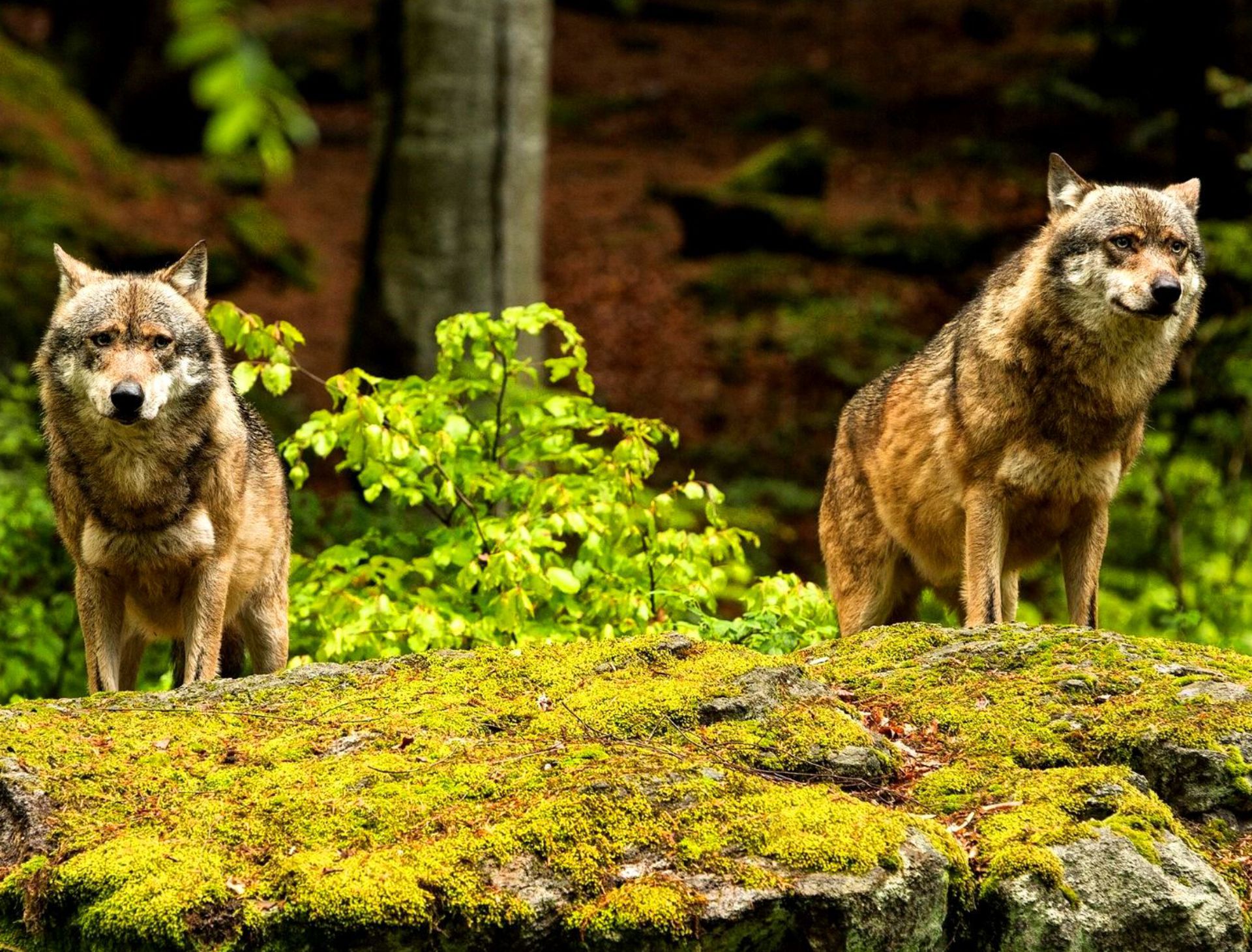


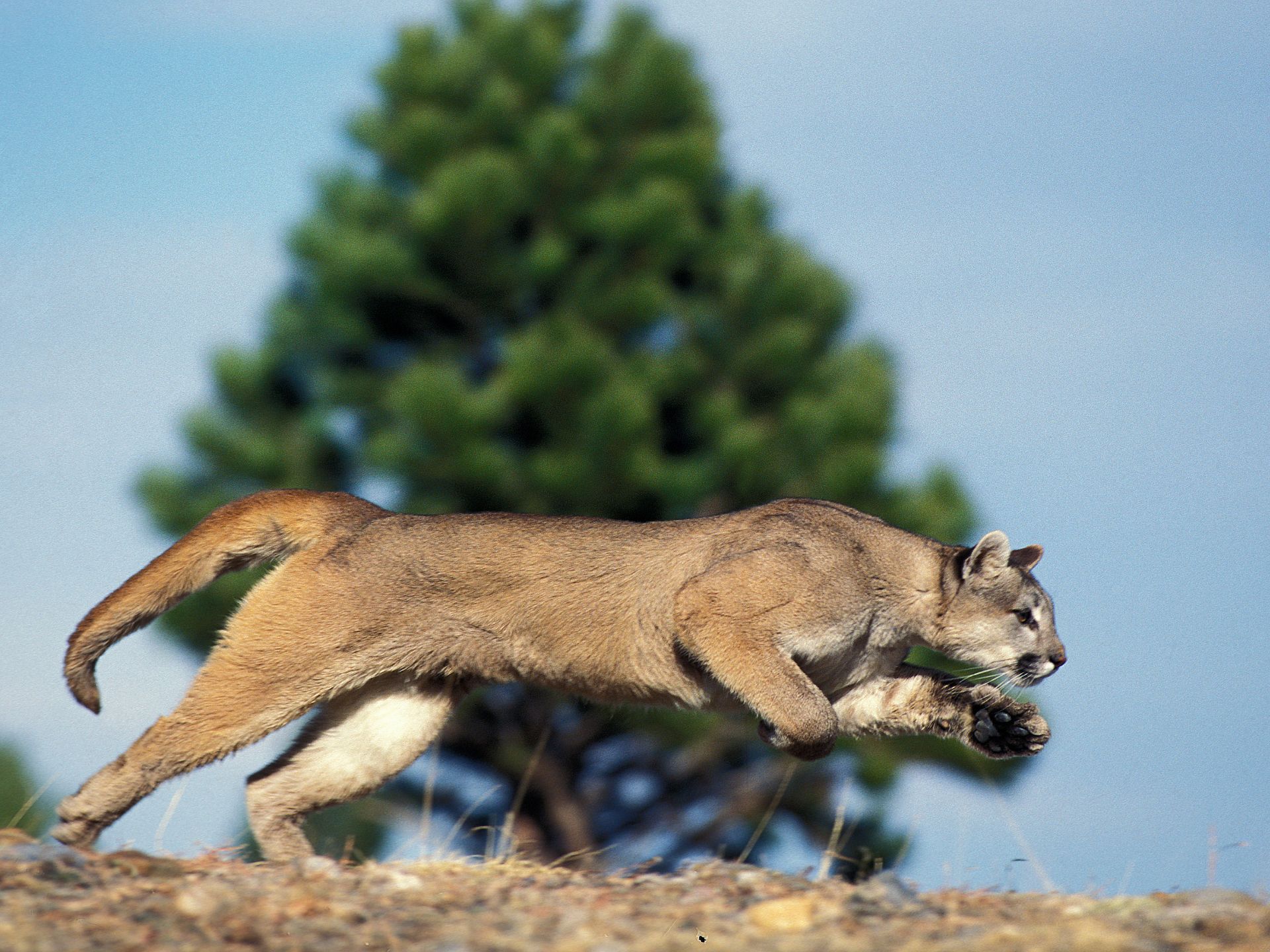
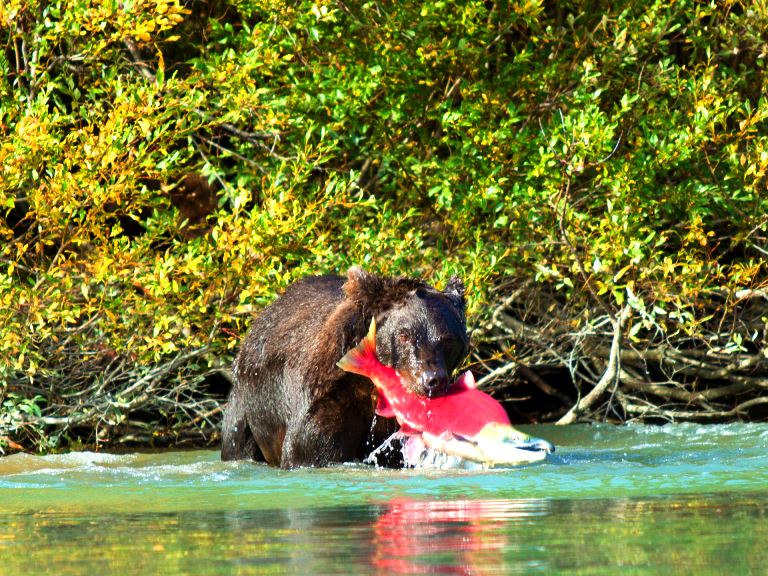
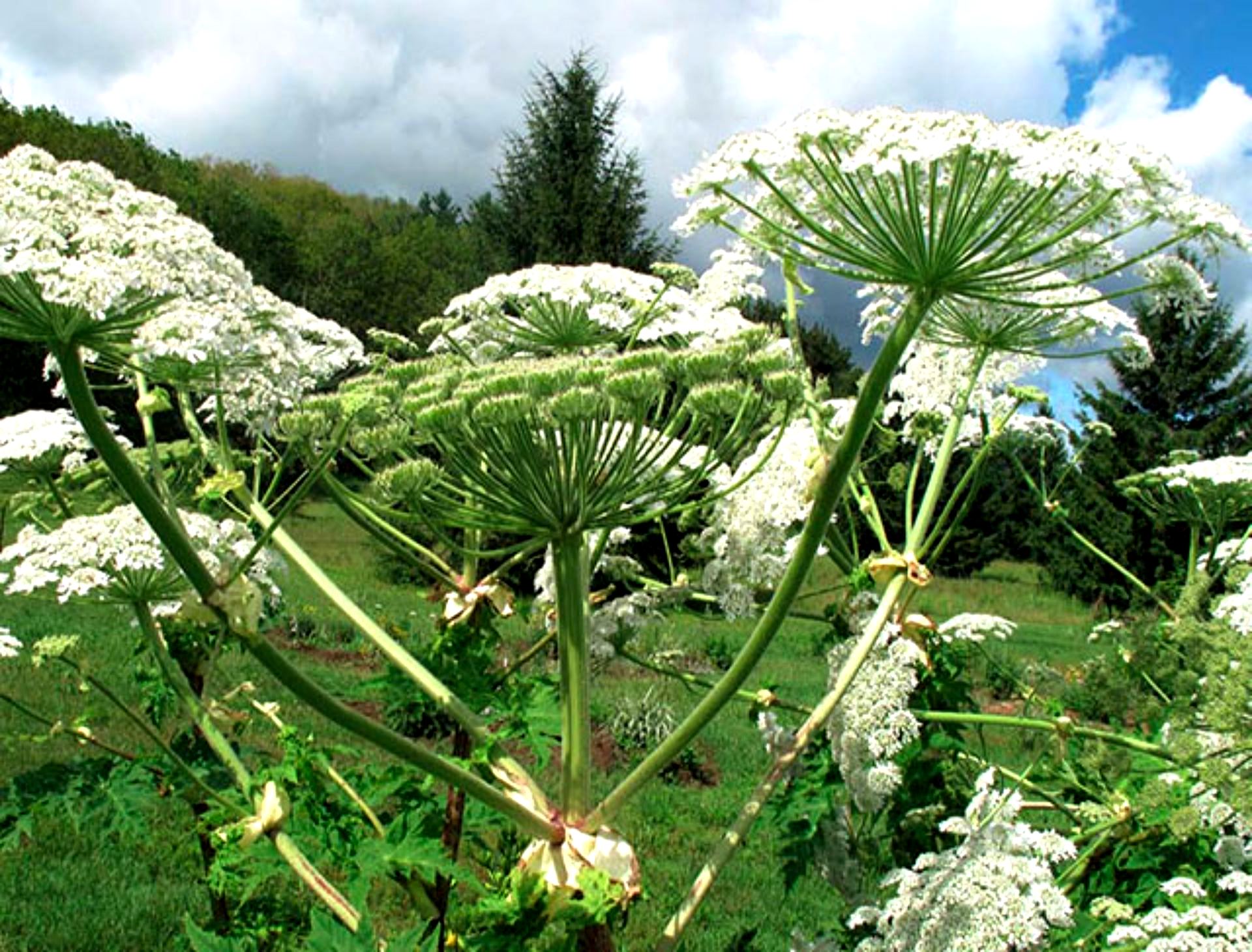
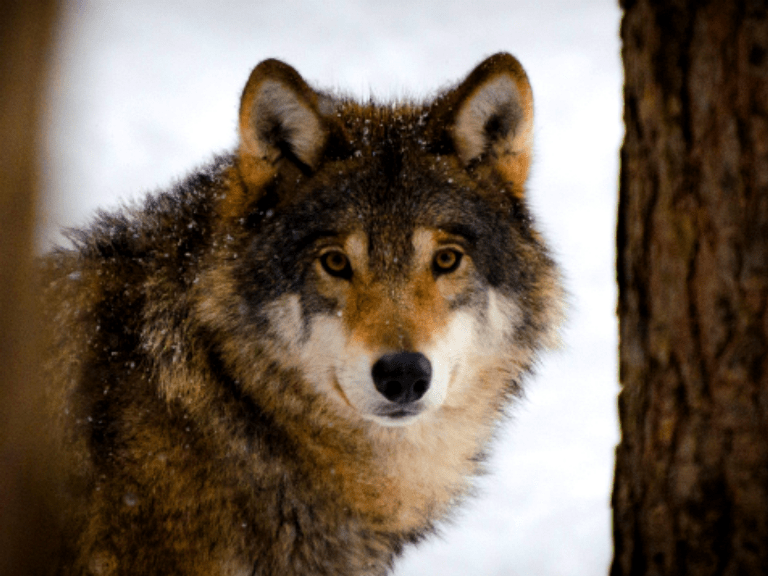
5 thoughts on “They discovered that wolves know how to fish”